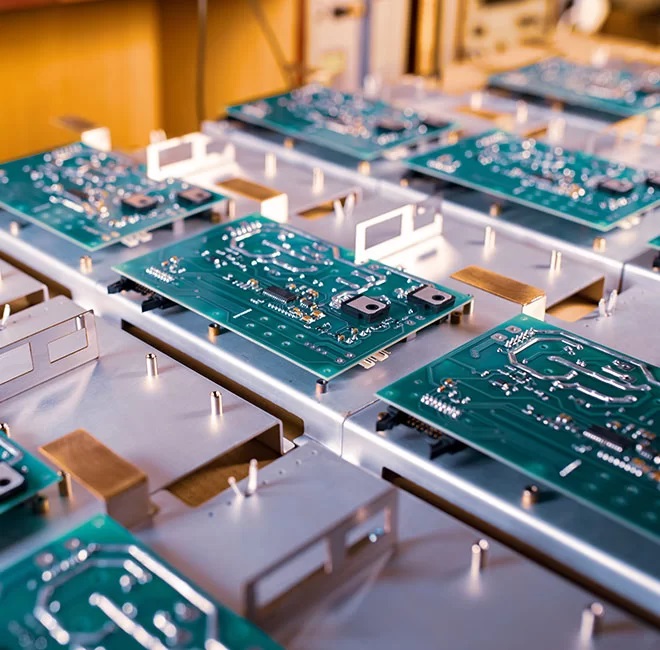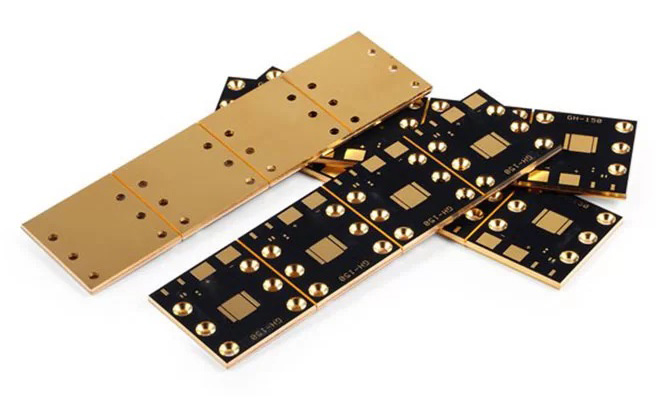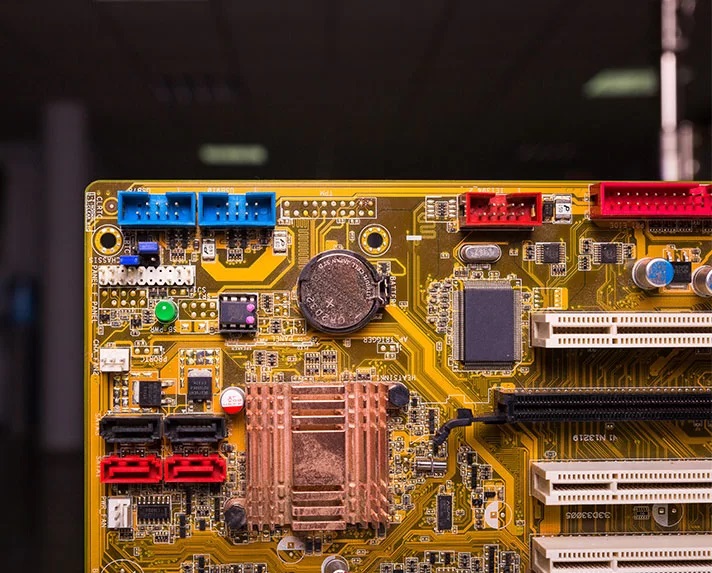Metal PCB

overview
What is a Metal PCB?
A metal PCB is a printed circuit board which is made from an aluminum, copper, or iron substrate. Aluminum substrates are the most commonly used when it comes to metal PCBs due to their excellent thermal conductivity, electrical insulation, and machinability. In comparison, copper substrates are much more expensive but also offer superior thermal conductivity properties. Iron substrates are rarely used due to their lower thermal and electrical conductivity. Aluminum substrates have a thermal conductivity which is 10 times higher than traditional epoxy resin substrates, whilst copper substrates offer thermal conductivity which is many times better than aluminum and iron substrates. Copper substrates require the use of thicker copper foil due to their need for high current-carrying capacity.
Why Use a Metal PCB?
One of the most important reasons to use a metal PCB is that it solves the problem of thermal expansion. The metal substrate effectively manages heat dissipation, which reduces the contraction and expansion of the materials on the circuit board. This helps to significantly improve the durability and reliability of the product. Additionally, metal-based printed boards help to increase the power density and solve the heat dissipation problem that is so prevalent with multi-layer boards. The size of the metal substrate is more stable than an insulating material, providing a reliable dimension. Furthermore, metal PCBs have good antistatic and electromagnetic shielding properties due to the conductivity of the metal itself.


Application of Metal PCB
Applications of aluminum substrates include audio equipment input and output amplifiers, balanced amplifiers, computer CPU board floppy disk drives, power supply units, automotive electronic regulators, igniters, and power controllers, as well as LED lights for lamps and lanterns.
On the other hand, copper substrates are mostly used in high-frequency circuits which require excellent heat dissipating properties, particularly in cases of large fluctuations in temperature. Copper substrates are also suitable for precision communication equipment in areas with high and low temperature extremes.
